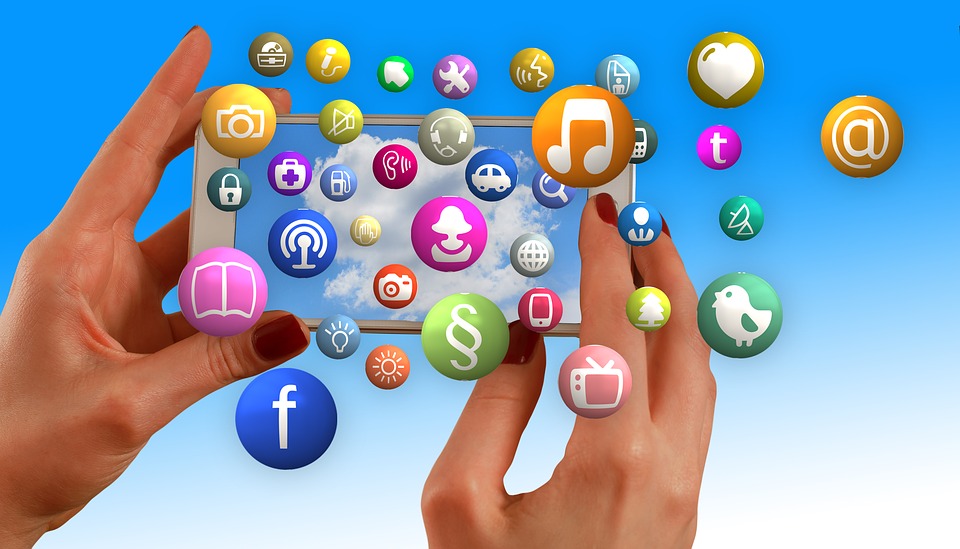Role of digital marketing in a post-COVID world

Marketers who chose the digital path, found themselves holding a silver lining when the global market was in the dark
The fundamental purpose of marketing is to attract as many eyeballs as possible and drive footfalls into the shop. However, the COVID-19 pandemic has brought unprecedented challenges to marketing. The concept of staying indoors has become a social responsibility and duty. This has resulted in out-of-home marketing becoming irrelevant and no eyeballs to attract. The challenge at hand is enormous, and the possible solution is switching to the virtual world, and sharpening digital marketing strategies.
TV, Print, and Outdoor became archaic formats and started to get less attention from marketing professionals while digital became the favorite. What is it about digital marketing that, during such a global never-seen-before crisis, became the lead? Why should businesses, large and small, direct their marketing budget towards digital? To understand it, we must look at how digital marketing helped businesses run and continue with their promotions during such challenging times.
- Agile and Adaptable: Digital marketing helps businesses become increasingly agile in their marketing efforts. When the pandemic struck, most businesses were not planning to shift their marketing budget to digital. After all, brand awareness was being taken care of in other formats, and customers kept coming in the brick-and-mortar stores. However, the footfalls became almost zero when lockdown was announced, and they suffered a substantial loss. On the other hand, digital-savvy businesses maintained their awareness quotient high. However, they were also able to drive customers to their online presence – the only place everyone was allowed to roam freely. This hugely benefitted these businesses as customers realized that several activities could be done while staying at home. With no knowledge as to when things would be back to normal, both businesses and customers may stick to the new-found choice.
- Personalized and Direct: One of the biggest strengths of being online is interacting with consumers on a one-to-one basis. COVID-19 has impacted the world at different scales. Within a country, some regions are relatively safer than those which are called ‘red zones.’ This means businesses cannot relay the same message at both places. This is where online takes the lead. Businesses have been geo-targeting consumers and showing relevant communication. This is not possible for TV, which has a one-size-fits-all approach. Take, for example, a quick-service restaurant that can show its promotional message to an audience at a safe place and show a pandemic-related message in affected areas. This not only boosts their brand awareness but also compensates for the on-ground dine-in sales loss due to the lockdown.
- Dynamic Content Creation: Thanks to modern marketing-tech tools, the creation of digital content is easier than other formats. Simply put, a billboard showing friends catching up at a concert by an event company would be irrelevant (and potentially insensitive) messaging right now and hence, cannot be put up. However, the same company can tweak the creative or create a new one, using dynamic creative technology and continue its marketing. The endless possibilities of MarTech open the field for endless experiments and opportunities to attract customers. A corollary to this is huge savings on content creation, and production and businesses have to balance their marketing budget, especially when it faces the axe.
- Constant Evolution: Technology opens up a wide array of formats for marketers, offering them a unique way to market their business. For example, businesses that depended on physical meetings to perform their activities switched to virtual conferences and webinars. Product launches started to happen virtually using augmented reality filters, classrooms were held online, movie screenings and awards night were witnessed on a screen, and so on. The virtual world is populated with marketing campaigns now, and this trend should continue for as long as there is a fear of the virus.

TV, Print, and Outdoor became archaic formats and started to get less attention from marketing professionals while digital became the favorite
Marketers who chose the digital path, found themselves holding a silver lining when the global market was in the dark. Moreover, they would continue to be at the brighter side of the market, at least in the foreseeable future, where outdoor marketing would take a back seat. Aspiring marketers should prepare themselves with digital marketing skills, complete with planning and strategizing for multiple digital channels and formats. A comprehensive course on digital marketing from the School of Business at UPES equips students with industry-ready skills as well as ancillary skills through an array of open electives. Visit upes.ac.in to know more about the courses, admission dates, and scholarships.
Also read: How digital transformation is reshaping the aviation sector




Intresting Post team,
I am Sure Digital Marketing will grow post COVID leaps and bounds. All the points you have mentioned are interesting, specially Personalized and Direct. That point is beyond traditional marketing and going to change the game.